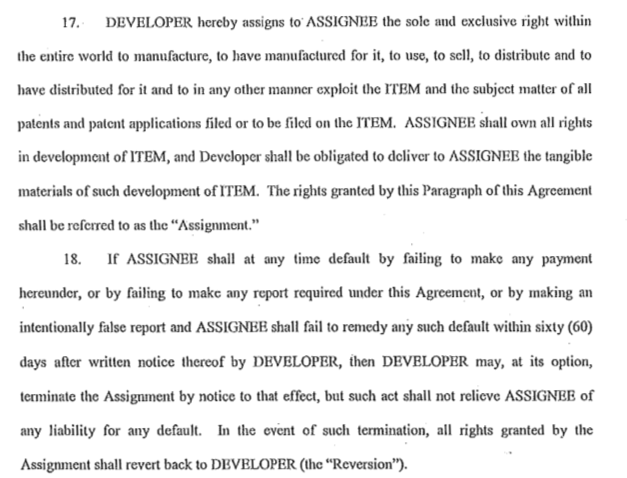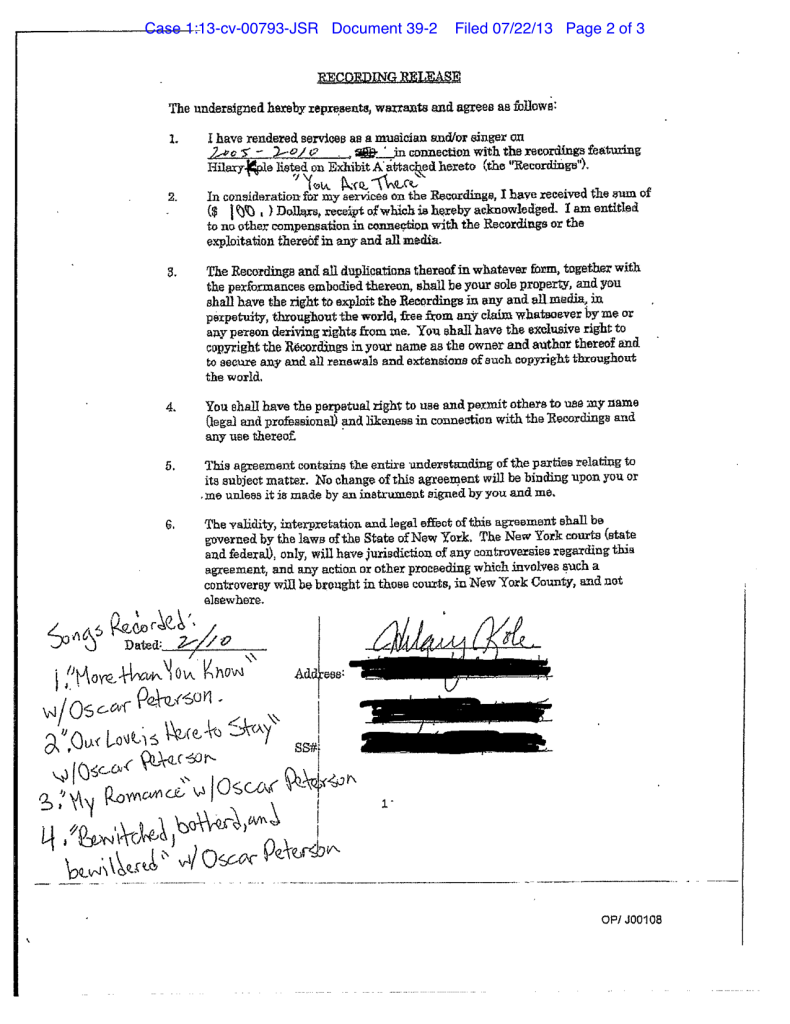The case is several months old, but still worth writing about: it’s a cogent explanation by a court of appeals about the scope of copyright registration for joint works. The case is complicated with many issues, but I’ll only relate the part of the story relevant to ownership and registration of copyright.
In 1993, Tina Lindsay developed rules for categorizing names by ethnicity, called the “Ethnic Determinate System” (EDS). The rules could be written out as text. In 1994, Lindsay asked Peter Brownstein to turn her rules into computer code. His programming became known as the ETHN programs and there were various versions over the years. The combination of Lindsay’s EDS with Browstein’s ETHN programs was named the “Lindsay Cultural Identification Determinate,” or “LCID.” By the time the case reached the appeal stage, it was uncontested that Lindsay was the sole author of EDS, which was an independent work of LCID, Brownstein was the sole author of the ETHN programs, which were also independent works of LCID, and they had an equal authorship interest in LCID as a joint work.
Lindsay and Brownstein as equal owners formed TAP Systems, Inc. to commercialize the LCID. The LCID became known as the TAP system.
Lindsay first registered the copyright in EDS in February 1996 and registered a derivative work in December 1996. In the second application, she described the “Nature of the Work” as “a computer system process and data roles” and stated in “Material added” “Description of computer process included.” She used the ETHN programs as the deposit copy but listed herself as the only author.
In 1997, Lindsay unilaterally assigned the “ownership” (the court’s word; it was an exclusive license) of LCID—the combination of code and rules—to TAP Systems by signing a Software License both as “Copyright Holder” of LCID and agent of TAP Systems. Later the same year, TAP Systems (including Brownstein) and a company called Consumers Marketing Research, Inc. created a joint venture, Ethnic Technologies, LLC, which combined the LCID with CMR technology and called it “E-Tech.” Ethnic Technologies further licensed the E-Tech software.
Relationships fell apart and there were multiple lawsuits, including an oppressed shareholder suit by Brownstein against Ethnic Technologies. Brownstein filed this lawsuit when he learned through discovery in the other suits that Lindsay used the ETHN programs as the deposit copy for her second application. He therefore filed a complaint asking for a declaratory judgment that he was joint owner of the copyright.
The district court found in Lindsay’s favor in a bench ruling based on the statute of limitations. Alternatively, the court held that Brownstein was not a co-author of the LCID or the ETHN programs because “there is no evidence to support his claim of co-authorship in the record.”
So here’s where the district court went wrong, in the appeals court’s words:
Due to the District Court’s conflation of the EDS and the LCID, which are distinct works with distinct copyrights, it was misled into finding that Lindsay’s copyright registrations covered the entire LCID, including Brownstein’s ETHN programs. This false premise then led the District Court one step further to conclude that Lindsay could unilaterally transfer ownership of the LCID through the trio of licensing agreements that she executed. The District Court largely assumed that her copyright registrations covered the entire LCID because Brownstein’s ETHN programs were included as a “deposit copy” with her second registration. But the District Court’s assumption is belied by the copyright registrations themselves and the law undergirding the registration process. Lindsay’s copyright registrations only cover the EDS.
The appeals court explained that the first registration was clearly for the EDS and, since the second registration had the same title and was claimed as a derivative work, it must also be for the EDS only. Lindsay hadn’t identified the ETHN programs as part of the scope of the claim, so the only way the lower court could have concluded the ETHN programs were claimed was because of the deposit copy. But a deposit copy doesn’t define copyright ownership:
Pivotal to this case is distinguishing an author’s interest in the copyright to his work from the registration of his work. A “copyright”, as a right, vests immediately upon the creation of the work. For this reason, a copyright must not be confused with the act of registering that right. Registration serves primarily to create a record of the creation of the work and it also allows the author to bring civil claims under the Copyright Act.
With few exceptions, a deposit copy must be submitted with an application for copyright registration. A deposit copy does not necessarily limit the copyrightable work itself. Here, a deposit copy means that Lindsay sent a physical printout of Brownstein’s code to the Copyright Office for safekeeping (and was only sent a deposit receipt in return), which would serve an “archival function” in the event of infringement and help elucidate her copyrightable work.
…
Thus, the fact that Lindsay submitted Brownstein’s code in the form of the deposit copy does not establish that she held a copyright to his ETHN programs or the LCID as a whole. Since Brownstein, alone, wrote the code, the only rights Lindsay could have had to his code would flow through the LCID as a joint work with her rules. Further, even if her registrations covered the LCID and were entitled “The LCID, Including the ETHN Programs”, that act would not vest exclusive ownership of the LCID in Lindsay. Brownstein would remain a co-author and co-owner because copyright registration does not establish the copyright, which attaches at the moment of creation. Consequently, Lindsay’s copyright registrations, if anything, are merely placeholders for the indivisible joint rights she inherently had in the EDS and the LCID with Brownstein.
Having established who owned what, the court then evaluated whether any of the various subsequent agreements affected ownership, finding they did not. Since Lindsay was only a joint owner of the LCID, she couldn’t convey exclusive rights to TAP Systems. “As with tenants in common of real property, a co-author can transfer or assign the rights to his ownership interest in the joint work, but this does not affect the ownership rights of his co-author.” This would have been true even if Lindsay’s copyright registration was for the LCID work as a whole.
And since there was no transfer of Brownstein’s copyright to TAP Systems, any subsequent transfers by TAP Systems couldn’t divest him of ownership either. Nor did the settlement agreement in Brownstein’s oppressed shareholder suit affect his ownership; that agreement only quashed his “right, title and interest” as a “shareholder, officer, employee or director,” not as copyright owner.
It’s pretty clear that, until the lawsuit, it never occurred to anyone that there might be more than one copyright in the LCID work; that was the assumption behind all the various settlement and licensing agreements. When it got to litigation there was a work made for hire theory, but that was essentially conceded by the time the case reached the appeals court. So the appeals court decision makes it all sound so clean, but that’s only because very messy facts got whittled down.
If you’re interested, there’s more in the opinion about when an authorship claim accrues in a jurisdiction using the discovery rule. And, by the way, a district court cannot cancel a copyright registration because it does not have statutory authority to do so.
Brownstein v. Lindsay, Nos. 12-2506, 12-4471 (3rd Cir. Jan. 29, 2014).






